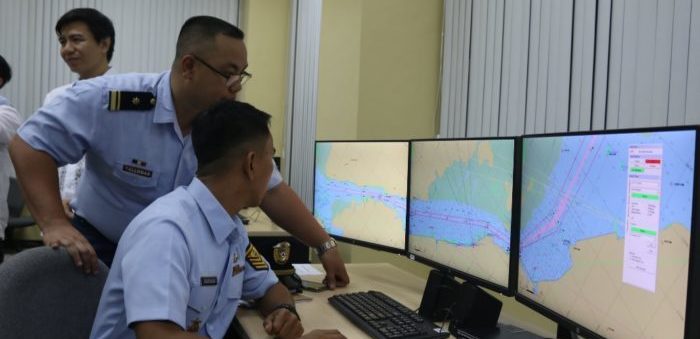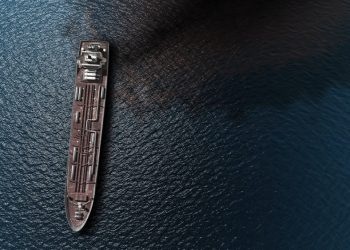The Philippine Department of Transportation (DOTr) inaugurated the Philippine Coast Guard’s first Vessel Traffic Management System (VTMS), in a ceremony on 12 February. The system composed of VTMS Control Center and three Radar Stations strategically located at Headquarters Coast Guard District Central Visayas, Talisay, Bantalinao, and Interbridge to have full coverage of vessel movements and to prevent congestion along Cebu-Mactan Channel.
The VTMS, one of the components of Project for the Enhancement of Coastal Communications System, under the Japan International Cooperation Agency (JICA) Official Development Aid (ODA)/ Grant Aid of 1.152 Billion Yen, is a combination of advance navigation and communication systems for implementing Vessel Traffic Services (VTS). The service is implemented by a competent authority, in this case the Philippine Coast Guard, to improve the safety and efficiency of maritime traffic, to improve the safety of life at sea, and to protect the environment in accordance with the IMO resolution A.857(20).
Being the second largest domestic port in the Philippines and a maritime hub for the Visayan region, the port of Cebu is one of the busiest maritime traffic in the country.
The move was important considering the history of collision of the Philippine-registered passenger ferry operated by 2Go Travel, ‘M/V St Thomas Aquinas’, and a cargo ship named ‘M/V Sulpicio Express Siete’ of Philippine Span Asia Carrier Corporation, causing the sinking on 16 August 2013. During the official investigation of a Special Board of Marine Inquiry on 23 August of the same year in Cebu City, the captain of Trans Asia Nine, a cargo ship in the area of the incident, testified that the ‘Sulpicio Line Siete’ was in the inbound lane instead of the outbound line, which caused the collision and the death of 55 passengers, 65 missing with 750 rescued.

































































